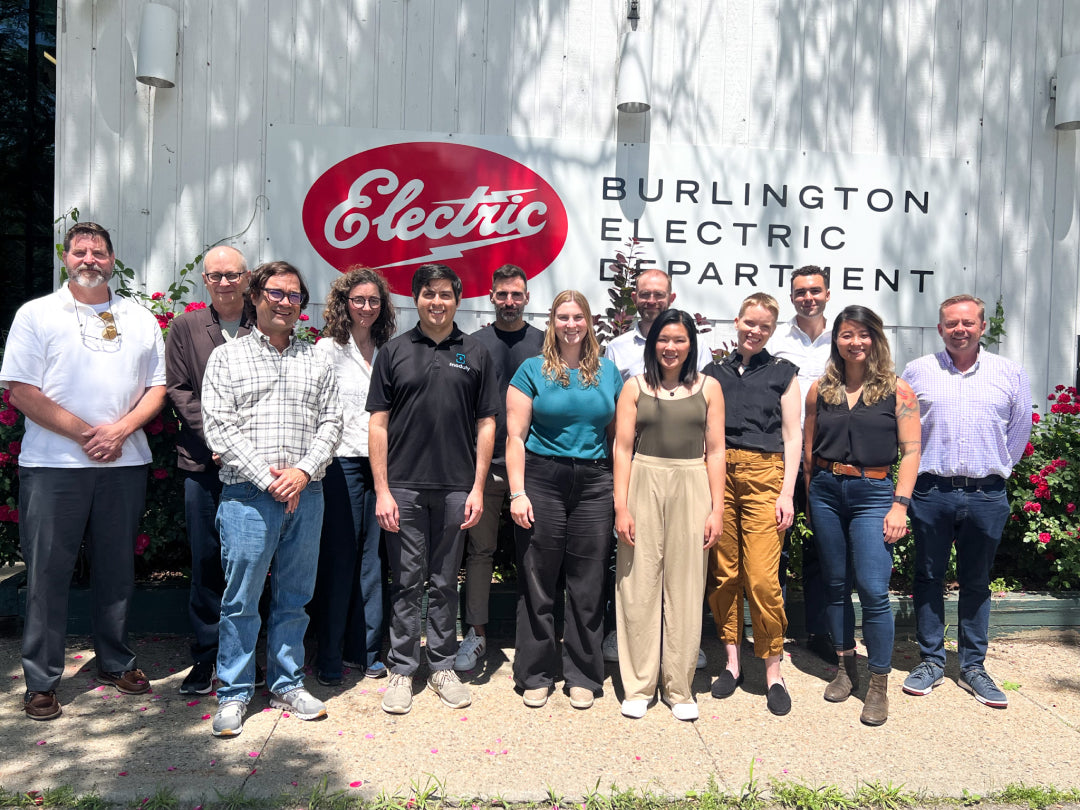Here are the typical steps involved in installing solar panels, from site assessment to final connection:
Site Assessment
1. Initial consultation
The solar installer meets with the homeowner to discuss their energy needs, goals, and evaluate the site's suitability for solar.
2. Site visit and analysis
The installer conducts an on-site evaluation, taking measurements of the roof, assessing shading, electrical setup, and other factors that impact system design.
System Design and Approval
3. System design
Based on the site assessment, the installer designs a customized solar panel system, specifying the number of panels, inverters, racking, and other components needed.
4. Design approval
The homeowner reviews and approves the final system design, including any changes from the initial proposal.
Permitting and Documentation
5. Permits and incentive applications
The installer obtains all required building, electrical, and solar permits from local authorities. They also assist in applying for solar incentives like tax credits and net metering.
6. Interconnection application
The installer submits paperwork to the utility company to interconnect the solar system to the grid.
Installation
7. Equipment procurement
The solar panels, inverters, racking systems, and other materials are ordered and delivered to the site.
8. Installation
Typically taking 1-3 days, the solar panels are mounted on the roof or ground, inverters and electrical components are installed, and the system is wired.
Inspection and Approval
9. Municipal inspection
Local authorities inspect the installed system to ensure compliance with building, electrical, and safety codes.
10. Utility inspection and interconnection
The utility company inspects and tests the solar system, upgrading the meter if needed, before granting permission to operate and interconnecting to the grid.
Once approved, the homeowner can turn on their solar system and start generating clean electricity! Proper planning, permitting, and execution of each step is crucial for a safe, code-compliant, and high-performing solar installation.
The importance of proper installation for efficiency and safety
The provided sources clearly highlight the critical importance of proper installation for ensuring efficiency and safety when it comes to various types of equipment and systems. Here are the key points:
Efficiency
-
Proper installation ensures the efficient distribution and operation of systems like HVAC units, electrical wiring, and windows.
-
Improper installation can lead to energy losses of 30% or more for HVAC systems due to issues like leaks, obstructions, and incorrect sizing/connections.
-
For windows, gaps from poor installation allow air leakage, increasing energy consumption to heat/cool the home. Proper installation maximizes energy efficiency.
- Adequate electrical wiring installed correctly prevents voltage drops and inefficient power distribution.
Safety
-
Proper installation following manufacturer guidelines and safety codes is crucial for the safe operation of industrial equipment and preventing hazards.
-
Electrical systems must be installed properly to avoid fire risks, shocks, and other safety issues from faulty wiring or connections.
-
Improperly installed windows can become dislodged, posing injury risks. They also compromise home security if loose/improperly sealed.
- HVAC professionals are trained to properly size, connect, and test systems to ensure safe operation without gas leaks or other dangers.
Solar installers utilize platforms like OpenSolar and Enerflo to streamline and enhance the process of preparing and managing solar projects to enhance the experience by providing a seamless, transparent, and efficient process from start to finish.
These platforms allow installers to create precise and visually appealing proposals, giving homeowners a clear understanding of the potential savings and benefits of solar energy.
The usage of these tools enriches the homeowner experience by integrating essential aspects such as financing options, document signing, and project management into a single, user-friendly interface.
This means homeowners can easily navigate the complexities of solar installation, from initial consultation to project completion, with confidence and peace of mind, knowing that their project is being handled efficiently and professionally.
Cutting corners on professional installation jeopardizes efficiency through energy losses and wastes, as well as creating potential safety hazards. Proper installation by trained experts is an essential investment for optimal performance, energy savings, and safe operation of any equipment or system.
Sources:
https://www.energysage.com/solar/solar-panel-installation-guide-what-should-you-expect/



